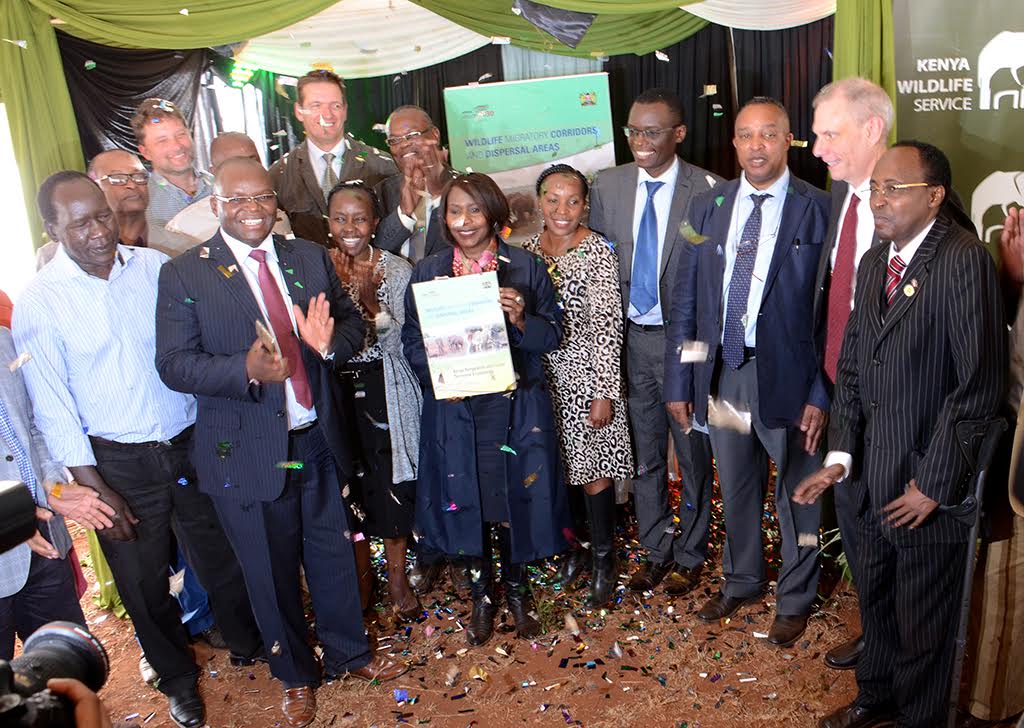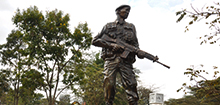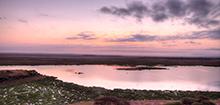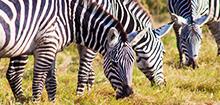
Date Published:
A report detailing Wildlife Migratory Corridors and Dispersal Areas in Kenya has been unveiled. Cabinet Secretary for Environment and Natural Resources Prof. Judi Wakhungu launched the report on July 26th, 2017, at the historic ‘Ivory Burning Site’ located within Nairobi National Park.
The report spells out among other measures the mapping and securing of wildlife corridors as a strategy for reducing human wildlife conflict and promoting environmental sustainability and equitable social development. It identifies more than 100 migratory corridors: the southern rangelands, the northern rangelands, and coastal areas.
The mapping process adopted a collaborative and consultative process by a Rapid Result Initiative (RRI) Task Force drawn from Kenya Wildlife Service (KWS), Directorate of Resource Surveys and Remote Sensing (DRSRS), International Livestock Research Institute (ILRI), African Conservation Center (ACC), Save the Elephants (STE), African Wildlife Foundation (AWF) International Fund for Animal Welfare (IFAW), Nature Kenya, Kenya Department of Meteorology (KMD), among others.
The partners showcased their organizations and Wildlife Migratory Corridors and Dispersal Areas they have been engaged in at the exhibition stands set up adjacent to the launch venue.
Prof. Wakhungu said, “The Vision 2030 flagship project on Conservation seeks to promote and safeguard the state of the environment, for economic growth.” She said Kenya is proud to have over 50 protected areas across all ecosystems in the country to ensure that the diversity and beauty of wildlife is preserved for posterity.
She pledged that the report would be implemented through a Conservation Connectivity Framework involving national and county governments, communities and private landowners in a collaborative conservation process for key wildlife areas.
She urged development partners and donors to continue to extend any form of support that will facilitate implementation of the proposed conservation connectivity framework.
Representing the Development Partners Wildlife Issues Group, U.S. Ambassador to Kenya Robert F. Godec lauded the launch of the report, expressing hope that the data and information within it will help to inform, generate ideas and solutions, and provide a common base of understanding to help preserve Kenya’s unique wildlife for future generations. He stressed the importance of on-going consultations even as the report is being implemented.
Dr. Richard Leakey, Chairman, KWS Board of Trustees, said wild animals and people do not necessarily understand each other in terms of territorial issues. “It’s quite difficult to look after wildlife, and forestry, if you don’t have the support of the communities”, he said.
He appreciated the NGO community for putting money, effort and people into compiling “this extremely comprehensive report.” He stressed the importance of including the County Government in land-use policy.
A summary of the report is available here
Full Report can be accessed here





